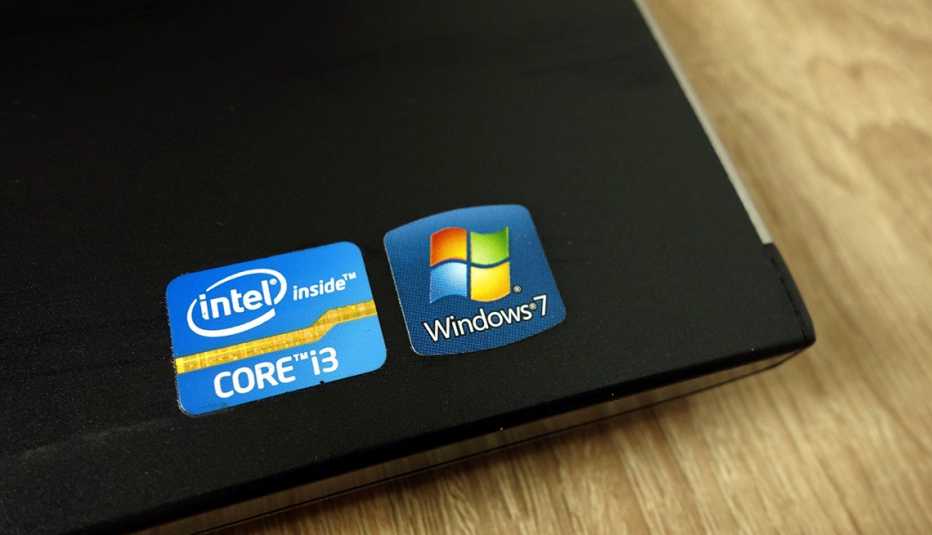Staying Fit
At age 89, Dan Rather seemingly has done it all: reporting for radio and television, hosting cable TV interview programs, writing books and commenting on news events on Facebook and Twitter.
But recently, he added a new medium to his communication portfolio: an email newsletter, called Steady.


AARP Membership— $12 for your first year when you sign up for Automatic Renewal
Get instant access to members-only products and hundreds of discounts, a free second membership, and a subscription to AARP the Magazine.
Newsletters are “a form of direct communication, from me to you, delivered directly,” Rather says on his newsletter sign-up page.
The prominent longtime journalist isn't alone in joining the growing newsletter movement. Other popular authors who write directly to their readers include Apple expert Philip Elmer-DeWitt, 71; “Ask Polly” advice columnist Heather Havrilesky, 50; knitter Clara Parkes, 51; and political pundit Andrew Sullivan, 57.
Newsletters are back in vogue because as times change, what hasn't is the email inbox. We still check it first and most often during the day, says Tim Bajarin, president of market research firm Creative Strategies, based in San Jose, California.
Writing to readers “feels closer,” he says. “And readers love being able to respond directly to the writer."
People look at their inboxes
Newsletters also solve one of the bigger problems with social media — namely, not everyone who follows you will see your post. Programmers have written code determining that only the people who regularly interact with you get to read your ideas.
"I couldn't tell why some pieces reached more readers than others,” Rather says.
But with a newsletter, all of your subscribers will receive it and have access to every article. Social media firms have responded by joining the fray.
Twitter, home to the 240-character message, earlier this year bought Revue, a company that distributes newsletters, saying it wants to help people build up their audience by making it easier to subscribe on Twitter itself. And Facebook announced on March 16 that it will introduce a free self-publishing tool in the coming months for creating an email newsletter and custom website.
A way to earn a little extra cash
Feeling closer to your readers can make you money, too. Thanks to firms like Substack and Revue, many top writers are pulling in more than $100,000 a year by selling subscriptions to their newsletters, according to Substack, which, like Revue, takes a cut of the monthly revenues.




































































